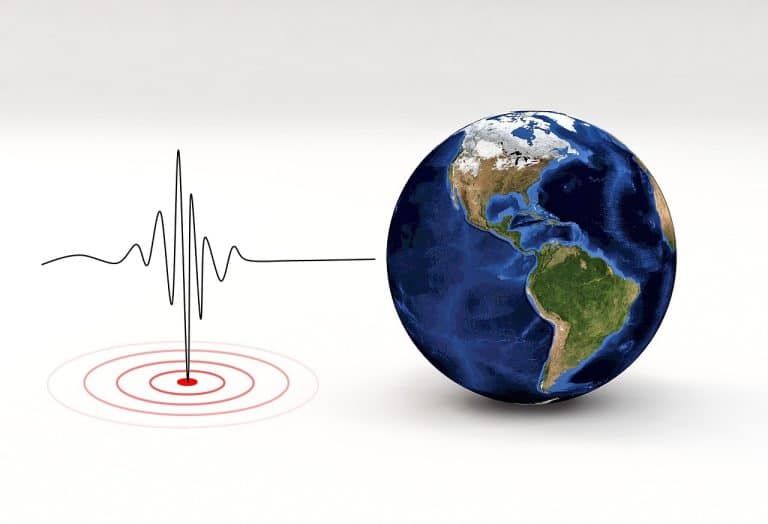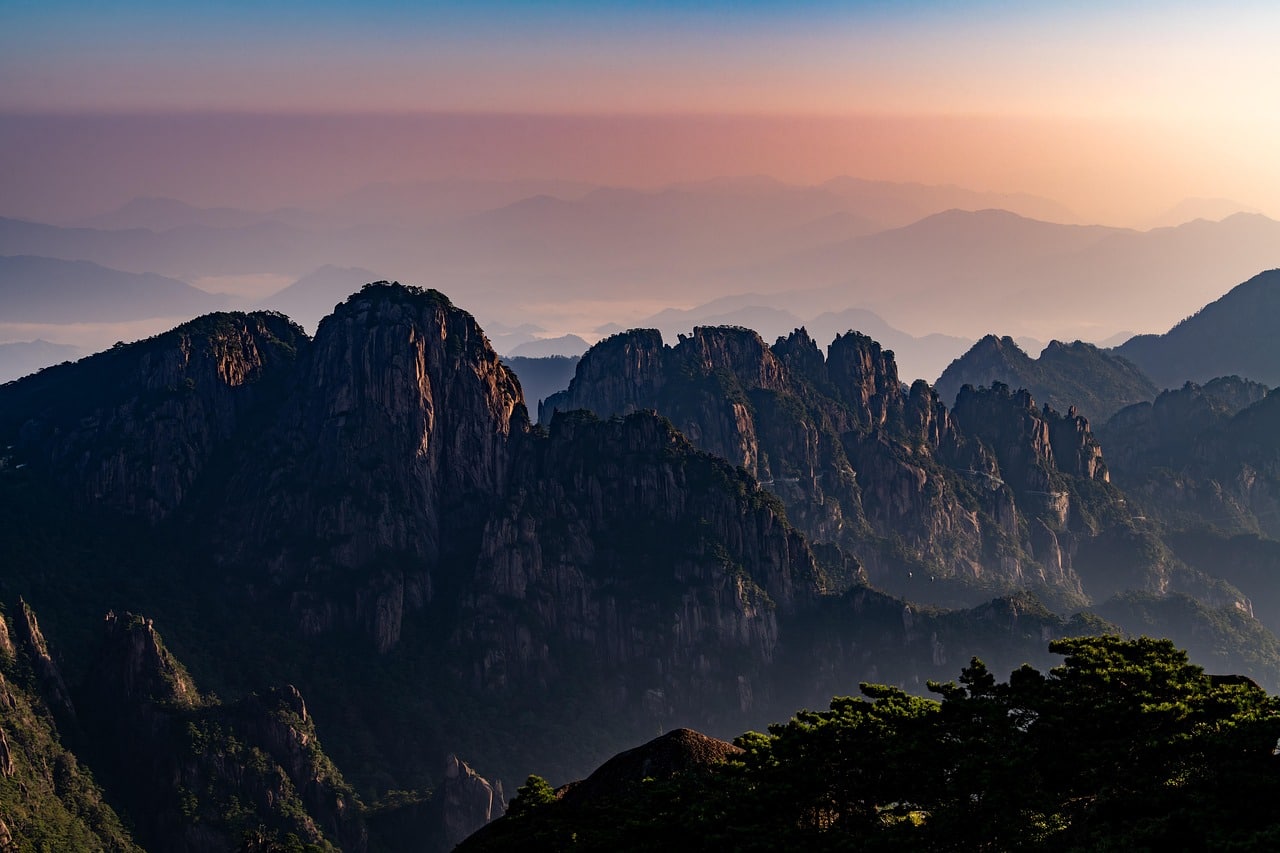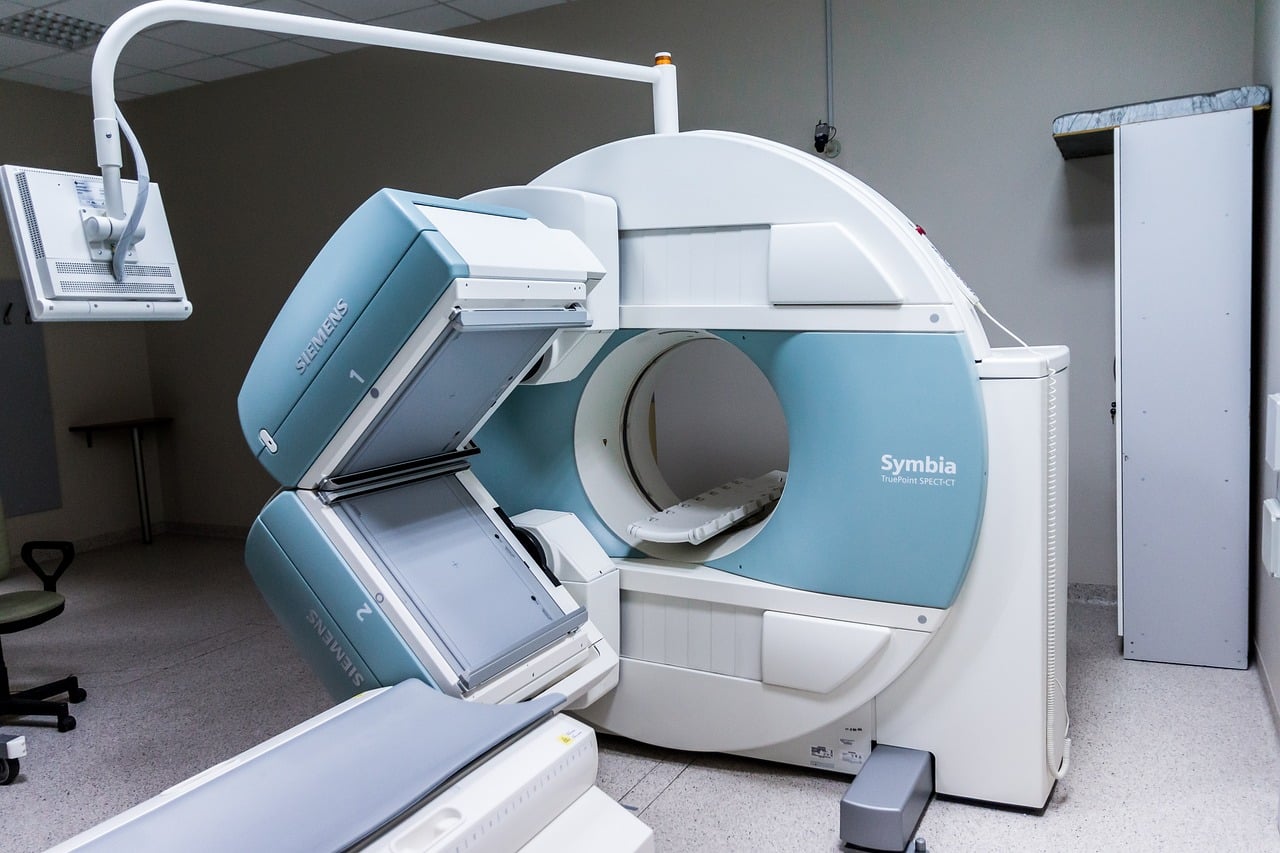Earthquakes are set into motion by movement from tectonic plates that comprise Earth’s outer layer. An earthquake can be recorded by a seismograph. A recording of an earthquake is called a seismogram. By looking at a seismogram, it is possible to gauge an earthquake’s magnitude (size). The moon has events similar to earthquakes. These occurrences are called moonquakes.
You can arrange your environment in advance to prepare for an earthquake. For instance, you can ensure that you do not keep cumbersome items on shelves. During an earthquake, these items could fall. Also, you can take steps to be personally prepared through learning and planning. For instance, you can learn some essential first-aid strategies in case anybody gets injured. You can also make a meeting plan. This plan can be useful if you get separated from the people you are with.
1. How Earthquakes Start
Earth’s outer layer is called the lithosphere. It is solid and made up of giant chunks of rock called tectonic plates. These tectonic plates move continuously. The U.S. Geological Survey states that earthquakes occur when two plates “slip past one another.” These slips occur when there is too much friction between plates to facilitate easy movement. When the plates overcome the friction, the energy that has been built up is released. This happens through ripple-like vibrations called seismic waves. These waves cause the shaking that we experience during an earthquake.
The places where all of this happens are called faults. Faults exist between tectonic plates. According to the U.S. Geological Survey, “a fault is a fracture or zone of fractures.” An earthquake starts at a location called a hypocenter. The earthquake’s hypocenter is located below the surface of the Earth. Above the hypocenter is the epicenter. The epicenter is located above the ground.
2. Recording and Measuring Earthquakes
Earthquake recordings are called seismograms. Seismograms are made with seismographs. The base of a seismograph stays in place on the ground. A seismograph also has a freely hanging weight. A seismograph’s base shakes while an earthquake is happening. The weight of a seismograph stays still during an earthquake. A seismograph records the difference between the seismograph’s moving component and its still component.
An earthquake’s size is measured in magnitude. The magnitude can be measured by looking at the pattern recorded on a seismogram. The U.S. Geological Survey explains that “a short wiggly line” represents a small earthquake. This short line “does not wiggle very much.” On the other hand, “a long wiggly line” signifies a big earthquake. This long line “wiggles a lot.”
3. Being Prepared for an Earthquake
One part of getting ready for an earthquake is preparing your surroundings. Michigan Technological University advises gathering “a fire extinguisher, a battery-powered radio, a flashlight, and extra batteries.” The university also recommends making sure that “heavy furniture, cupboards, and appliances” are securely anchored. Also, ensure that shelves are free of anything cumbersome that could fall.
To prepare for an earthquake, it is also important to make plans and to learn. You can create with others a plan for meeting up in case of separation. Also, Michigan Technological University recommends knowing “how to turn off the gas, water, and electricity.” In addition, you can learn first aid skills and familiarize yourself with local earthquake plans.
4. During and After an Earthquake
During an earthquake, in general, stay in place. Michigan Technological University advises: “If you’re indoors, stay inside. If you’re outside, stay outside.” Inside, “stand against a wall near the center of the building” where you are. If you are indoors, you can also “stand in a doorway.” Also, you can find a place indoors under “a desk or table.” Be “away from windows and outside doors.” Outside, do not be near buildings or power lines.
After an earthquake, follow any designated plans or instructions. Be sure to check to see if anybody is injured and apply first aid. In general, ensure that you are “away from damaged areas.” Also, do not go to the beach. Michigan Technological University states: “Tsunamis and seiches sometimes hit after the ground has stopped shaking.” Seiches and tsunamis are waves of water that earthquakes can set into motion.
5. Earthquakes and Moonquakes
A moonquake is an earthquake-like event that can happen on the moon. They do not happen as frequently as earthquakes do on Earth. According to the U.S. Geological Survey, moonquakes “also occur at greater depth, about halfway between the surface and center of the moon.”
A Few Last Preparedness Tips
You may find yourself in the middle of an earthquake in a situation not yet mentioned. For instance, an earthquake can occur while you are on the road. In this case, Michigan Technological University recommends stopping driving and then remaining in your automobile. You can remain in your car until the earthquake is over. Also, you should not get into an elevator during an earthquake. Generally, though, you can prepare in advance for an earthquake. You can then calmly find a safe place to be if one happens.








